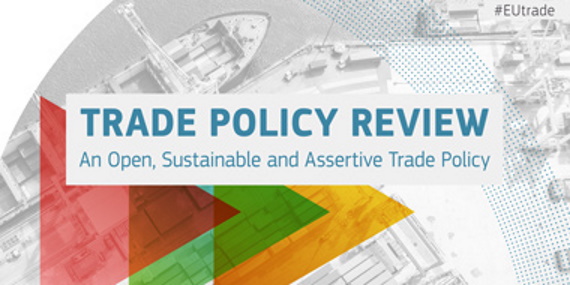
Threading the trade needle on Open Strategic Autonomy?

Summary
- A new EU trade strategy promises to advance open strategic autonomy, that is to balance the benefits of economic interdependence with growing demands to manage Europe’s exposure to risks from it.
- While the EU Commission remains nominally wedded to economic principles of openness, growing geoeconomic competition have pressed the EU to develop autonomous policies aimed to address: (i) economic distortion; (ii) economic coercion; (iii) values and sustainability, and (iv) critical infrastructure & supply.
- But open strategic autonomy remains unspecific about how to coordinate and address potentially conflicting objectives and square autonomy and interdependence. EU economic affairs between China and the US stand emblematic for the overall ambiguity of seeking two opposing objectives at once. Rather than magically solving tensions, open strategic autonomy should help Europe to identify multiple interests, adjudicate trade-offs, and generate internal support for a clear set of priorities.
Read the chapter in the FIIA report, April 2021 / 67, pp. 89-105.
(Photo credit: European- Commission, European Union, 2021)